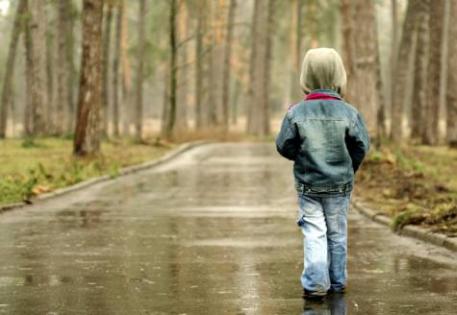A new report profiling parental child sex offenders gives valuable insight to help reduce threats to the safety & welfare of young children.
The Australian Institute of Criminology (AIC) has released a report that profiles parental child sex abuse drawing on clinical records of 213 parents who committed sex offences with their children.
“Because few sex offenders are caught, and there is a lack of specific data on parental child sex offenders," said the report's author, Professor Jane Goodman-Delahunty from Charles Sturt University. "This paper provides insight into this offender cohort and helps inform clinical intervention."
Child sex abuse estimates in Australia are high with one international analysis estimating a 38% rate for female victims and 13% for male. The ABS has a more conservative estimate of 15% of the general population, with a 20% victimisation rate for females. It is also estimated that 10-15% of child sex offending is committed by a parent.
Most parental child sex offenders were men in a father–child relationship with their victim.
According to Dr Adam Tomison, Director of the AIC, parental child sex abuse is a difficult area to research and, therefore, there has been little advance in public policy measures to address the issue, offenders or victims.
"[This report] reveals that parental sex offenders have a distinctive profile, unlike that of other child sexual offenders and are more criminally versatile than presupposed."
Dr Tomison said that he hoped the report would contribute useful information to support improved intervention and clinical practices.
"The aim is increasing offender desistance and reducing threats to the safety and welfare of young children and their families."
During the 14 year period of observation, all referrals were men (the program subsequently had one female offender referral).
Although non-biological fathers (55%) predominated, the high proportion of biological fathers referred for treatment (45%) refuted notions that cultural taboos effectively inhibit biological fathers from perpetrating sexual abuse on their own children. Non-biological parents were stepfathers, foster fathers or de facto spouses of the non-offending parent.
Key findings included:
-
The overwhelming majority of victims (91%) were girls
-
Most victims were under 10 at the time of disclosure of abuse
-
57% of the sample committed offences between 2 and 50 times over an average of 3.5 years
-
The majority – 61% – disclosed no personal history of childhood sexual abuse
-
Most offenders (82%) had only a single victim although a small proportion (7%) had also sexually offended against unrelated victims.
As many as 55% of the group entered treatment with some history of prior offending and one in five (20%) had commenced their criminal careers as juveniles.
The picture that emerged of parental sex offenders was of a group motivated by criminal needs and some sexual deviance.
“The findings suggest that this group is more criminally versatile than previously acknowledged, both prior to the index offence and subsequently," said Professor Delahunty.
“In this respect, they are similar to non-parental child sexual offenders. Therefore, treatment should address their general criminal drives, in addition to sexual offending."



















__small.png)










